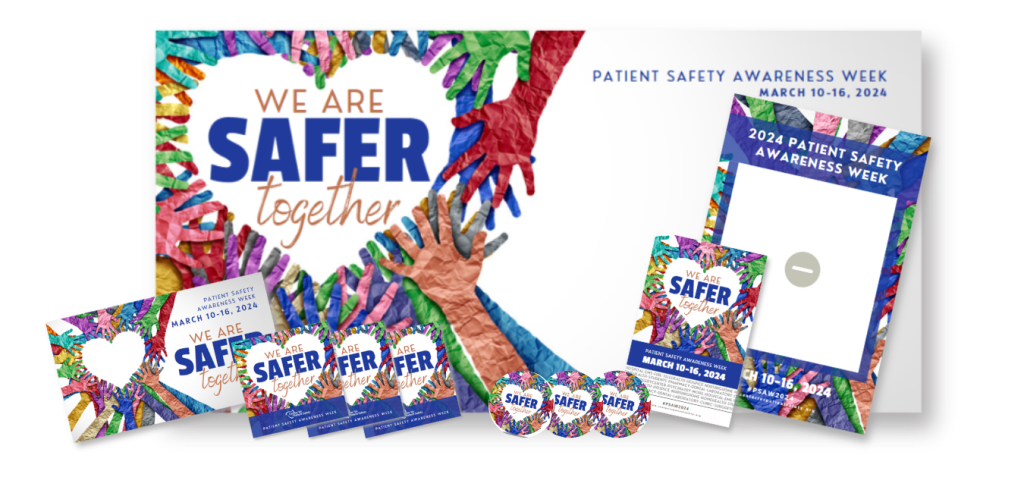The Physician-Patient Alliance for Health & Safety (PPAHS) is pleased to announce that Graceland Rehabilitation and Nursing Center in Memphis, TN, is the first nursing facility in West Tennessee to achieve Enhanced Respiratory Care Accreditation.

Promoting patient safety and improving the quality of patient care
Author: Mike
The Physician-Patient Alliance for Health & Safety (PPAHS) is pleased to announce that Graceland Rehabilitation and Nursing Center in Memphis, TN, is the first nursing facility in West Tennessee to achieve Enhanced Respiratory Care Accreditation.

A test is just that – a test – and a test would on its surface not have any biases attached to it.
However, in a recent report by Lauran Neergaard at AP News, a racially biased medical test meant more than 14,000 Black kidney patients weren’t placed appropriately on the organ transplant waitlist:
Research has found that clinicians suffering from burnout are twice as likely to be involved in patient safety incidents. The research team concluded:
In this week’s must-reads in patient safety, we have been reading some recent articles and so not so recent articles about the need for a National Patient Safety Board.
When a plane crashes, the National Transportation Safety Board investigates and, based on their investigation, makes recommendations to prevent future accidents.
When a patient has an adverse event or a death, there is no patient safety board to investigate and recommend remedial action.
In his article, “What Can Healthcare Learn From Aviation Safety?”, Stephen Rice writes Forbes:
By Michael Wong, JD (Executive Director, Physician-Patient Alliance for Health & Safety)
I had the honor and privilege of mentoring and judging Cornell’s Health Hackathon from March 8-10, 2024.
More than 200 students from Cornell and 26 other universities participated in the weekend-long wellness and healthcare competition which focused on five areas – Medication, Patient Care, Procedure/Surgery, Infection, and Diagnostic Error.
The month of March is blood clot awareness month. According to the CDC (Centers for Disease Control and Prevention):
Anyone can be affected by a blood clot regardless of age, gender, or race. This Blood Clot Awareness Month, learn the signs and symptoms of a blood clot and find free resources to share with friends, family, and colleagues to help raise awareness about blood clots.

Continue reading “Be Safe It’s Patient Safety Week! (Must Reads in Patient Safety-March 11, 2024)”
From the Desk of the Executive Director of the Physician-Patient Alliance for Health & Safety
By Michael Wong, JD (Executive Director, Physician-Patient Alliance for Health & Safety)
By working together – collaborating, creating synergies – we can improve patient safety and the quality of patient care.
I am happy to announce two collaborations – the first is a deepening of an existing relationship and the second is a new one.
Continue reading “Moving the Patient Safety Needle Through Collaboration”
From the Desk of the Executive Director of the Physician-Patient Alliance for Health & Safety
By Michael Wong, JD (Executive Director, Physician-Patient Alliance for Health & Safety)
You can improve sepsis care by listening to the sessions of the World Sepsis Congress – for doing this, you will receive continuing medical education (CME) credits. To take the courses, please go to our CME course page.
The World Sepsis Congress was the very first time that CME credits have been offered for Global Sepsis Alliance (GSA) activities, and the Physician-Patient Alliance for Health & Safety (PPAHS) is honored that the Global Sepsis Alliance chose us.
Continue reading “Hacking Health and How You Can Improve Sepsis Care”
Editor’s Note: After a long hiatus, we are resuming the very popular “must reads in patient safety” featuring articles and research that we’ve been reading this past week.
Here are some articles and research that the team at the Physician-Patient Alliance for Health & Safety has been reading this week of February 26, 2024.
Continue reading “Weekly Must Reads in Patient Safety (February 26, 2024)”